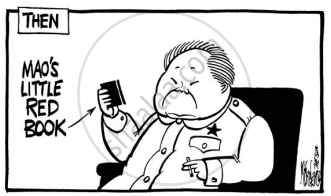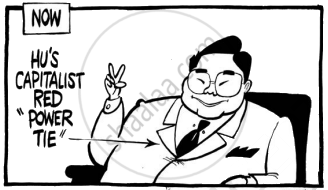Advertisements
Advertisements
प्रश्न
What were the objectives behind the formation of the ASEAN in 1967?
उत्तर
ASEAN was established in 1967 by five countries of this region—Indonesia, Malaysia, the Philippines, Singapore and Thailand —by signing the Bangkok Declaration. Objectives of ASEAN: Primarily, to accelerate economic growth and through that social progress and cultural development. Secondarily, to promote regional peace and stability based on the rule of law and the principles of the United Nations Charter. Over the years, Brunei Darussalam, Vietnam, Lao PDR, Myanmar (Burma) and Cambodia joined ASEAN taking its strength to ten. Unlike the EU, there is little desire in ASEAN for supranational structures and institutions. ASEAN countries have celebrated what has become known as the 'ASEAN Way', a form of interaction which is informal, non-confrontationist and cooperative. The respect for national sovereignty is critical to the functioning of ASEAN. With some of the fastest growing economies in the world, ASEAN broadened its objectives beyond the economic and social spheres. In 2003, ASEAN moved along the path of the EU by agreeing to establish an ASEAN Community comprising three pillars, namely, the ASEAN Security Community, the ASEAN Economic Community and the ASEAN Socio-Cultural Community.
APPEARS IN
संबंधित प्रश्न
Study the cartoon given below carefully and answer the following questions:

i. The given cartoon is related to which country?
ii. Which two symbols in this cartoon helped in identifying the country?
iii. What message does this cartoon convey to the world?
Assess the role of ASEAN as an economic association.
Analyse any three factors responsible for the European Union to be a highly influential regional organisation.
What is meant by ASEAN way?
Which of the following nations adopted an ‘open door’ policy?
Assertion: In April 1949, North Atlantic Treaty Organisation was an association of 12 states which declared that an armed attack on any one of them in Europe or North America would be regarded as an attack on all of them.
Reason: Each state would be obliged to help the other.
Who proposed the ‘four modernizations’ in China?
When did China becomes a member of the WTO?
Who among the following adopted an ‘open door’ policy?
Which of the following is the only country that suffered the destruction caused by nuclear bombs?
Who among the following adopted an open-door policy?
Which of the following is the observer country of SAARC?
Which of the following countries has the world's second-largest number of start-up enterprises?
In which year, China ended its political and economic isolation with USA?
Which of the following was not an impact of New Economic Policy of China?
Which of the following was not an impact of New Economic Policy of China?
In which year, China ended its political and economic isolation with USA?
Why did the people of China not receive the benefits of the reforms when its economy had improved dramatically? Explain giving any two reasons.
Explain any two major policy decisions made by the Chinese government to open and develop its economy.
Study the given cartoon carefully and answer the questions that follow:
 |
 |
- To which country are these two cartoons related?
- Japan
- Vietnam
- South Korea
- China
- Red Book is related to which ideology?
- Capitalism
- Communism
- Humanism
- Terrorism
- What does the 'Red Power Tie' depict?
- Negation of communism
- Acceptance of Capitalism
- Coordination of communism with Capitalism
- Negation of Capitalism
- What is the difference between 'then' and 'now' as per the cartoon?
- 'Rigidity' has increased now in the ideology of 'then'.
- Rigidity has decreased 'now' in the ideology of 'then'.
- The leader under 'then' and the leader under 'now' belong to different political parties.
- The leader under 'then' and the leader under 'now' belong to different organisations.
Explain any three steps taken by China to grow its economy.
